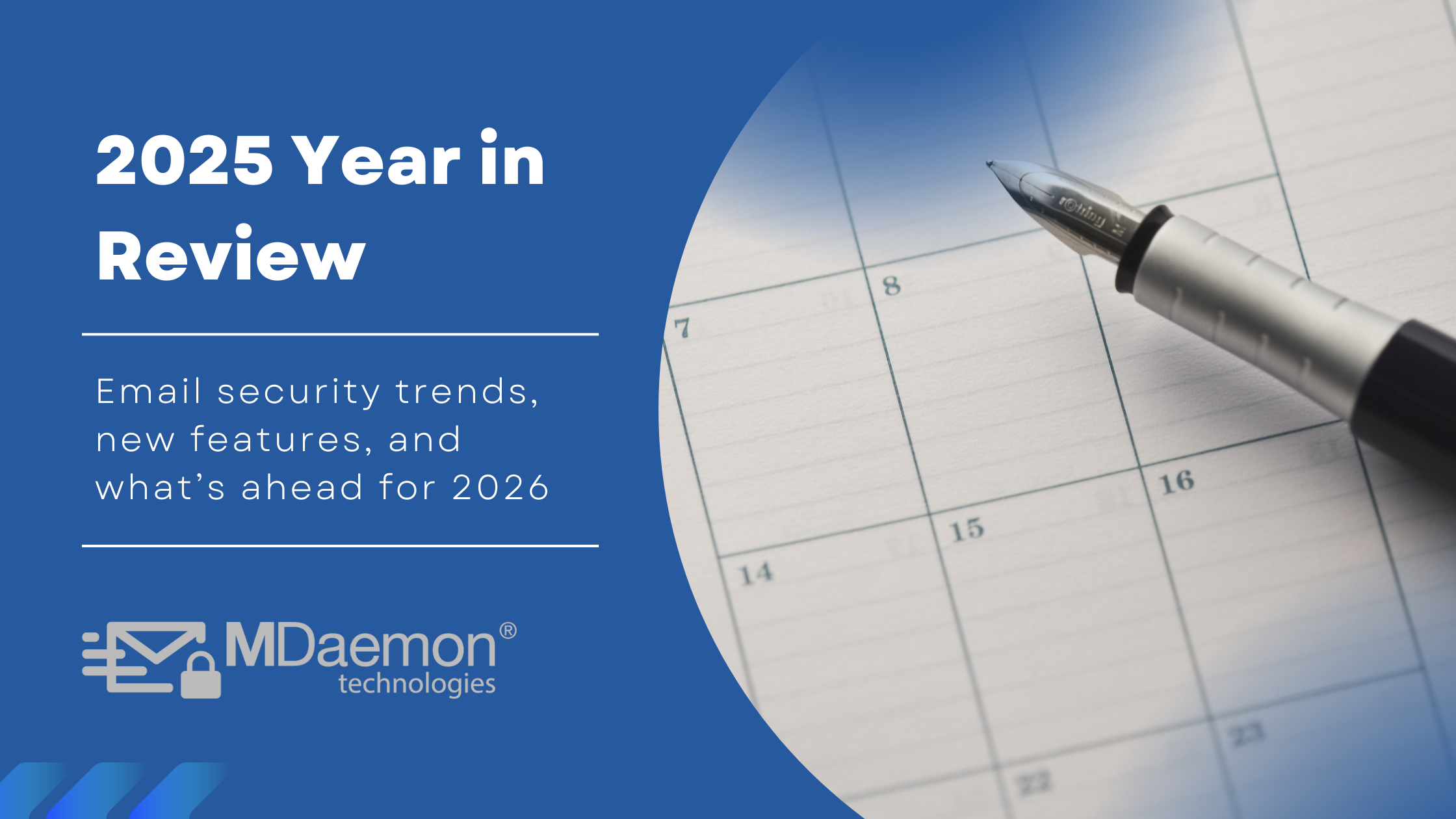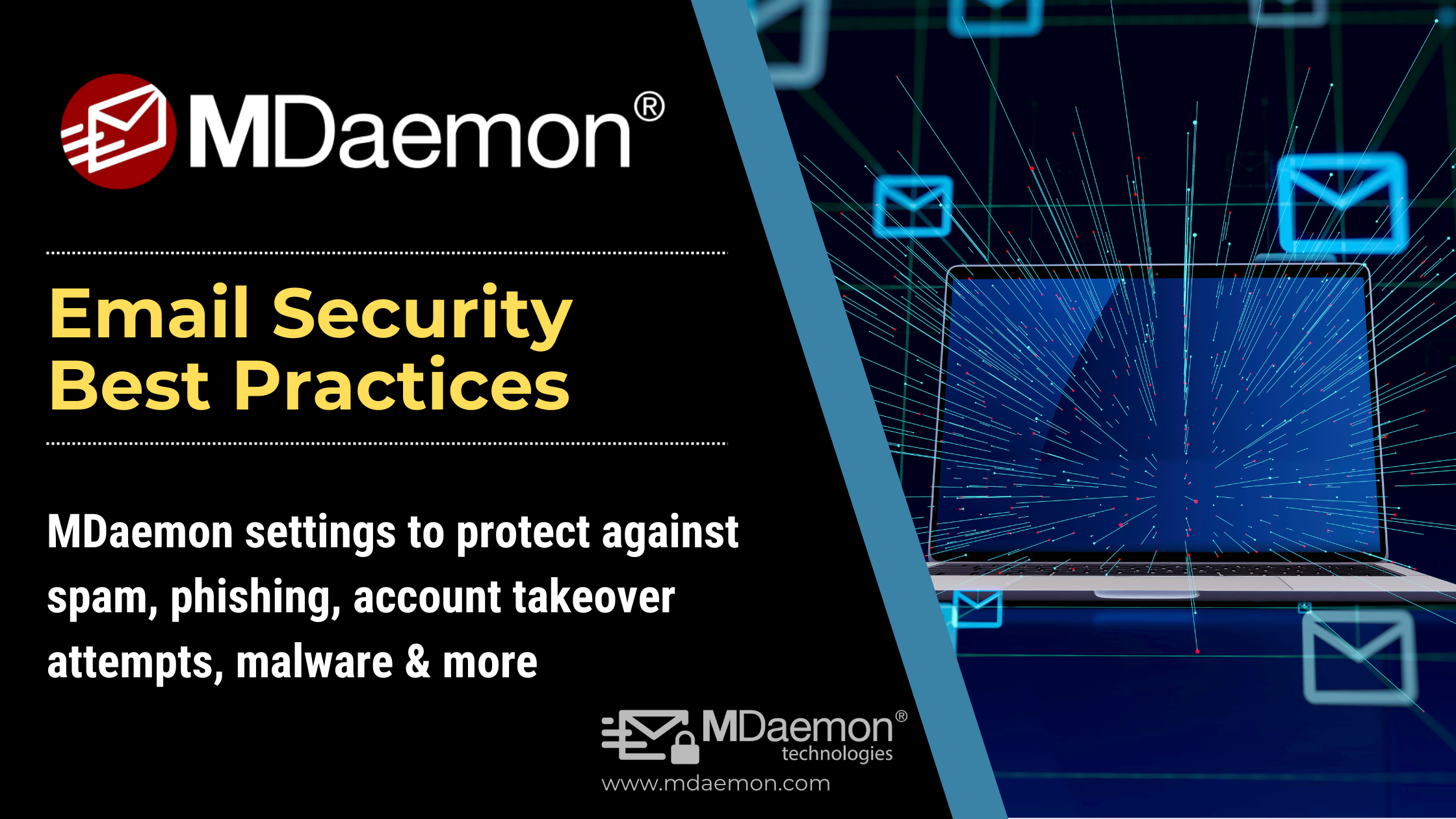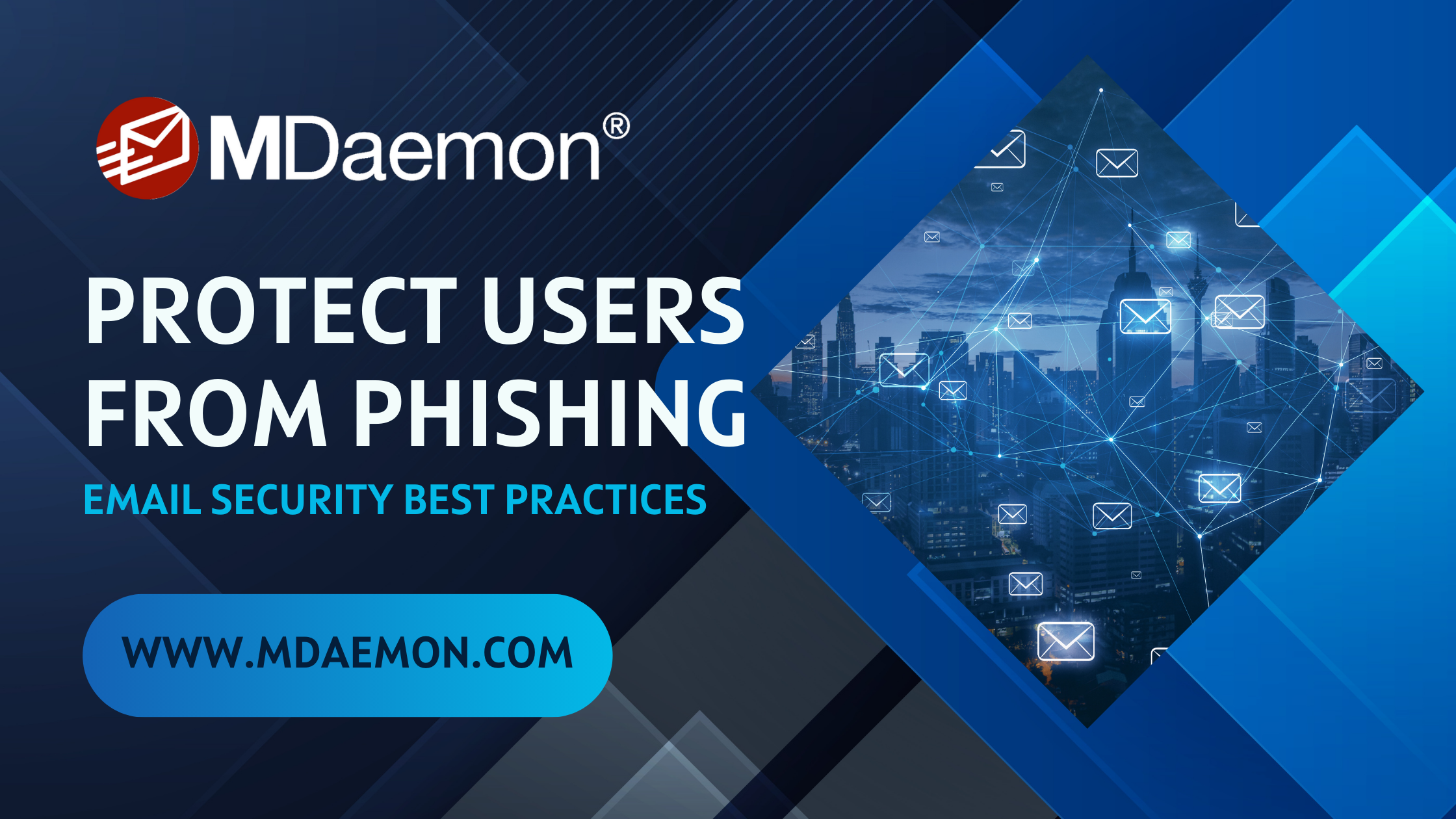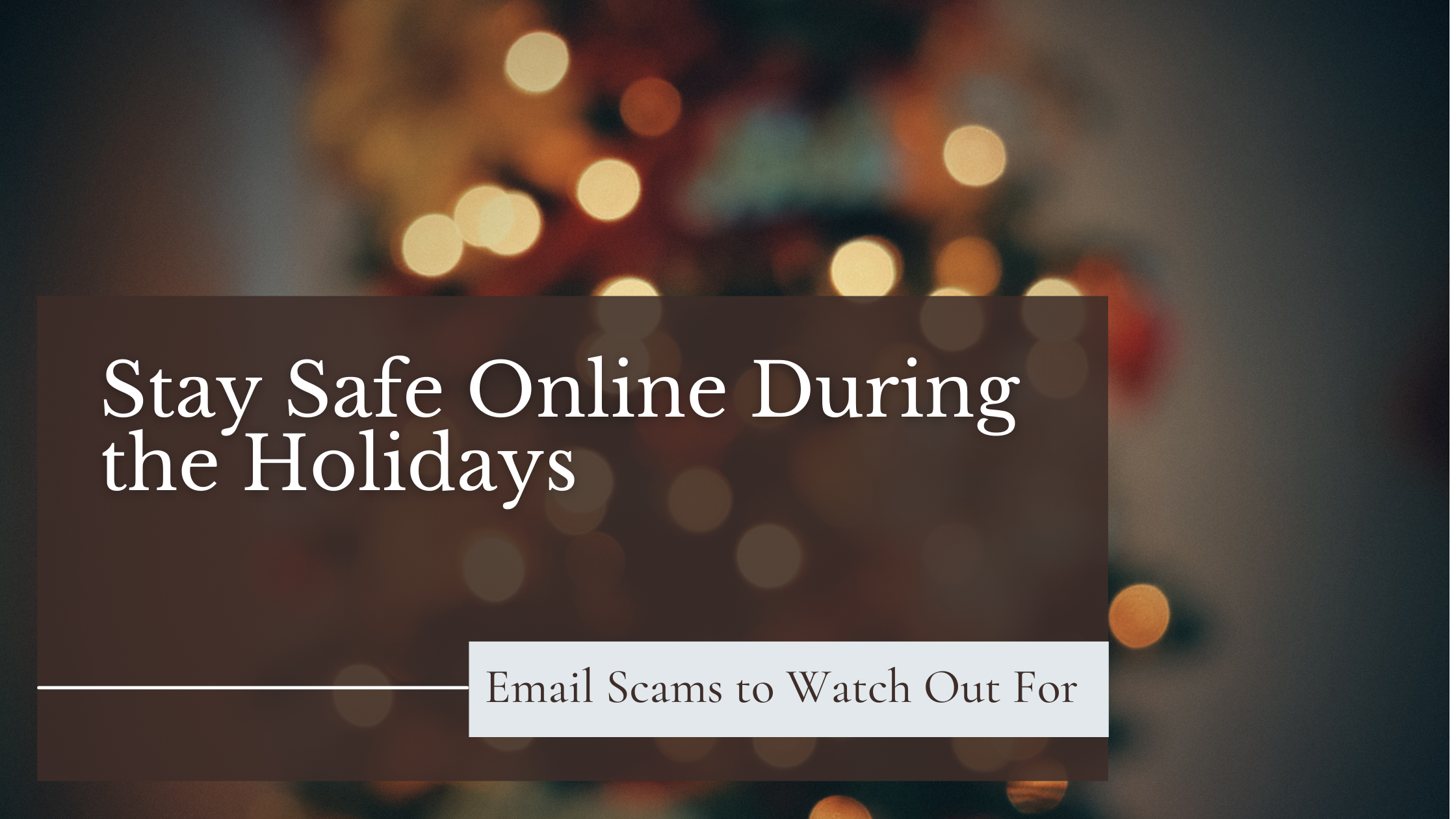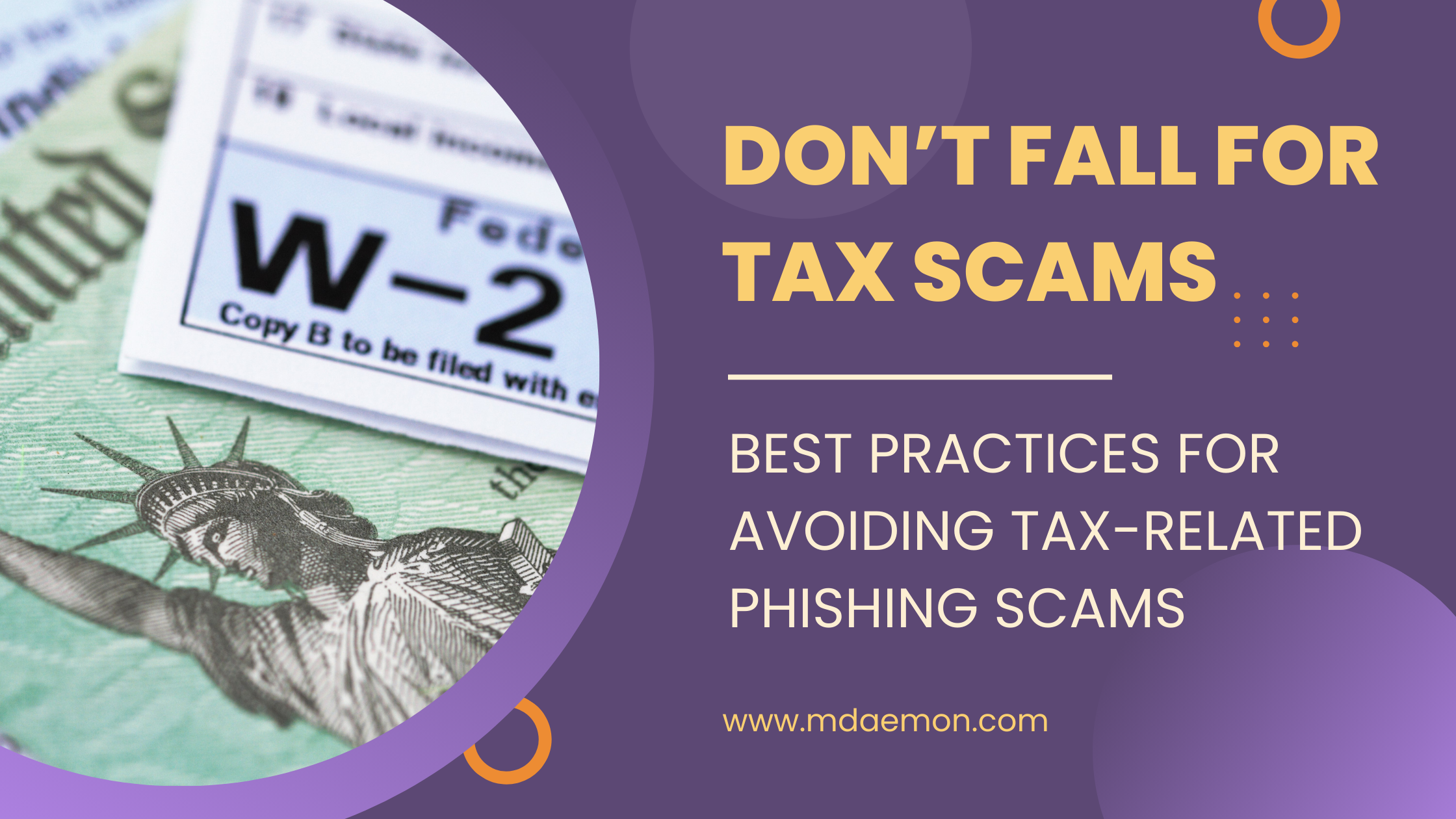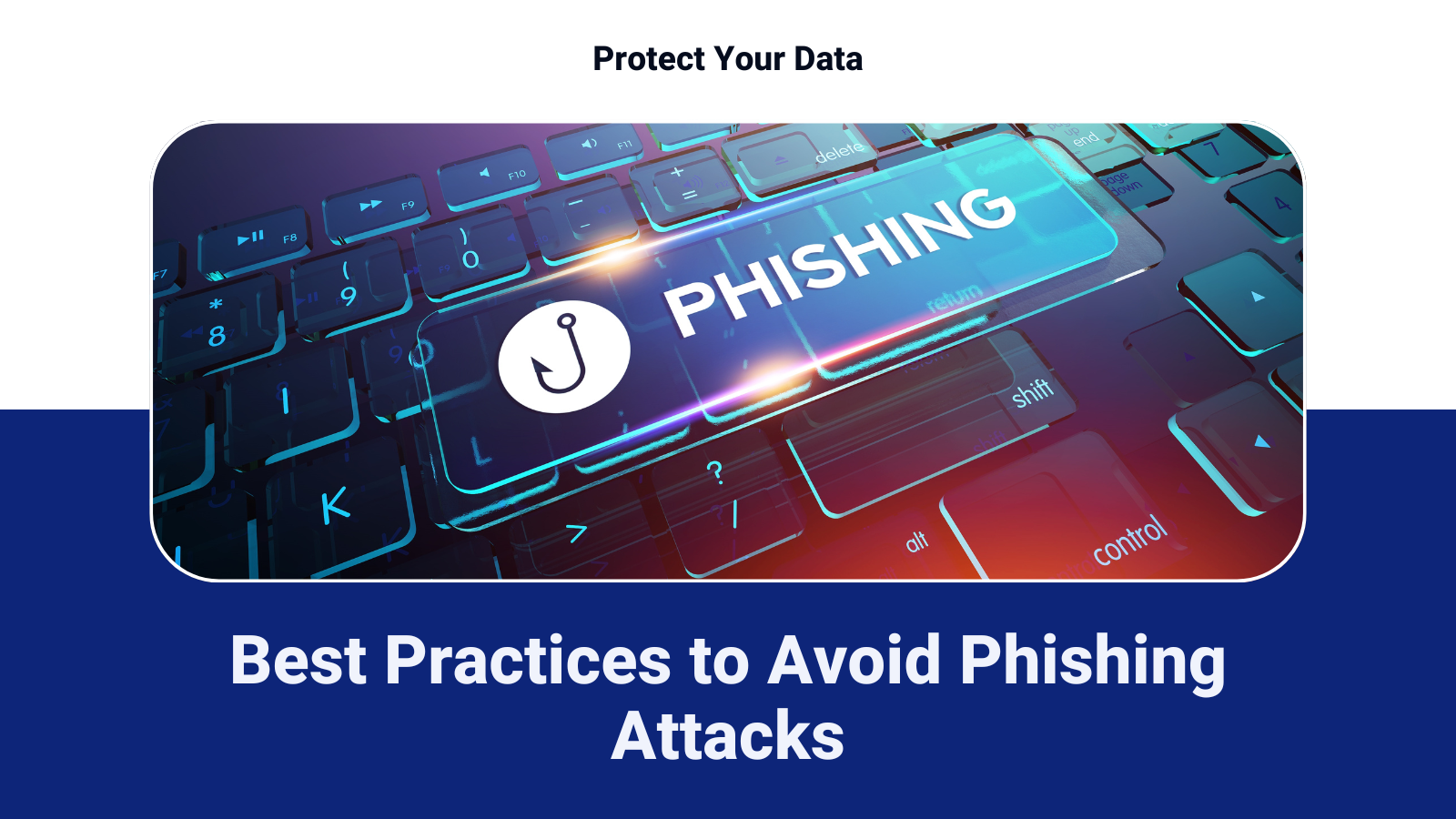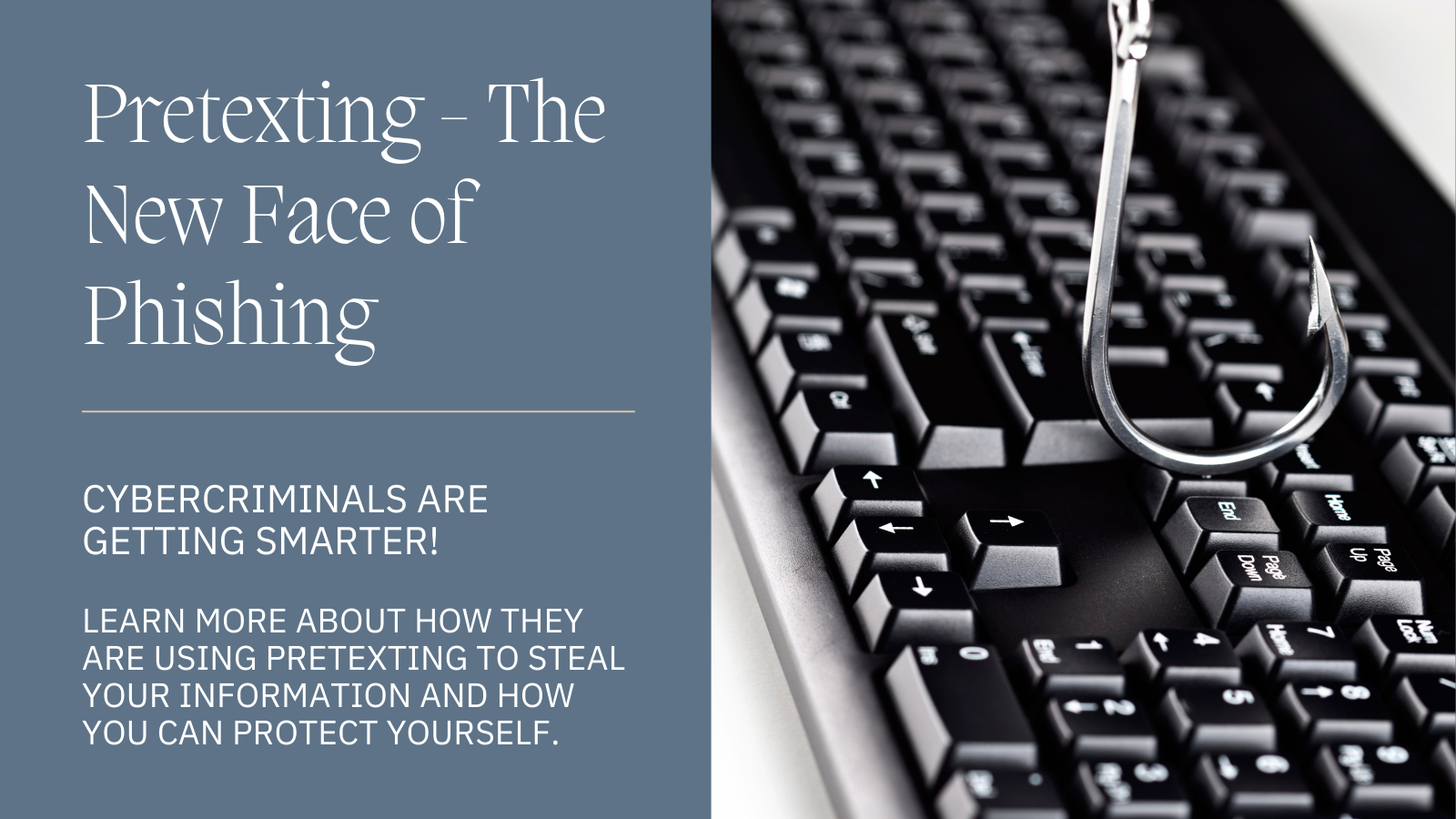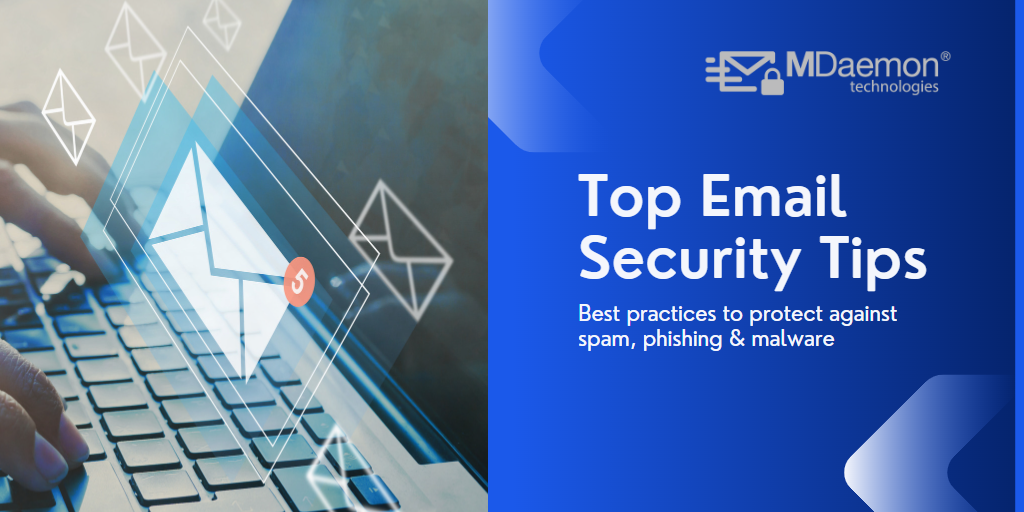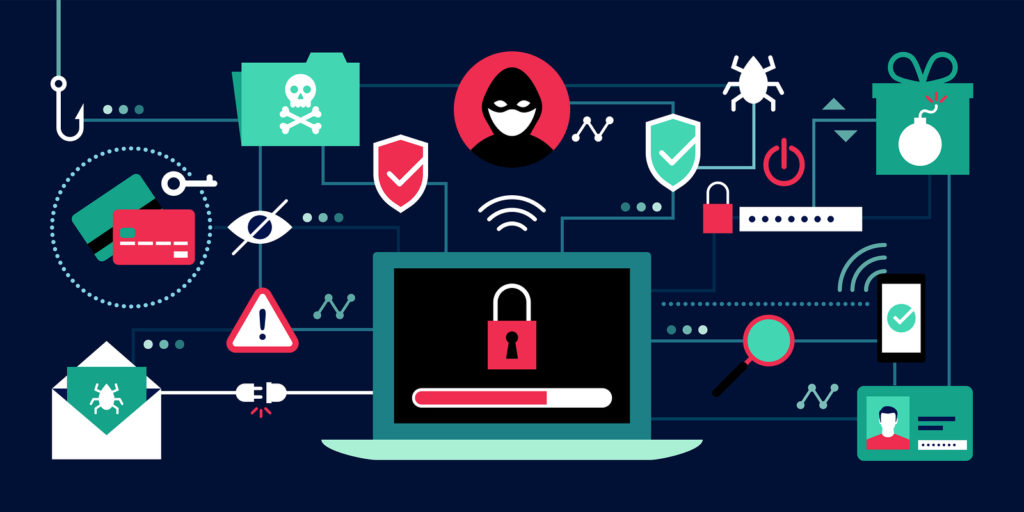As 2025 comes to a close, we reflect on key events in the email and collaboration industry, and how they are shaping the future of email. We also discuss how our products have evolved, and what’s in the works for 2026.
2025 MDaemon Technologies Year in Review
By Brad Wyro posted in Cybersecurity, MDaemon Email Server, Product Updates, Security Gateway for Email, Phishing, Email Server, Update
MDaemon Email Server: Security Best Practices to Protect Your Email Environment
By Brad Wyro posted in Email Security, MDaemon Email Server, Stop Spam Email, Phishing, Email Security Best Practices, Two-Factor Authentication
In an age where cyber threats are growing in both sophistication and frequency, securing your email infrastructure is more important than ever. MDaemon includes a variety of tools and settings that can help administrators protect their users and connected devices from spam, malware, hacking attempts, data breaches, and email spoofing.
Email Admin Tips: How to Protect MDaemon Users from Phishing
By Brad Wyro posted in Email How To, Email Security, Phishing
Phishing continues to be a popular tactic for cybercriminals to infiltrate businesses in an effort to spread ransomware and steal sensitive data. And while the threat landscape continues to evolve, steps can be taken to help mitigate the threat of phishing attacks.
Email Scams to Watch Out For During the Holiday Season
By Brad Wyro posted in Cybersecurity, Phishing, Email Security Best Practices, Email Best Practices
The holiday season is a prime time for email scammers to strike. Learn how to identify and protect yourself from fraudulent emails that could ruin your festive spirit.
Watch out for election season phishing and social engineering attacks
By Brad Wyro posted in Email Security, Phishing, Email Security Best Practices, Email Best Practices
The 2024 presidential election is well under way in the United States, and that means cybercriminals are exploiting heightened public interest and uncertainty to launch targeted attacks using phishing and social engineering tactics. Here’s how they typically do it:
Protect Yourself from IRS Tax Filing Phishing Scams
By Brad Wyro posted in Phishing, Email Security Best Practices, tax scams
The April 15 tax filing deadline is approaching. Learn how to safeguard yourself from IRS tax filing phishing scams that can compromise your personal information and financial security.
Stay One Step Ahead: Anti-Phishing Best Practices for Your Business
By Brad Wyro posted in Email Security, Phishing, Email Security Best Practices, Email Best Practices
Protect your business from phishing attacks with these essential best practices. Stay one step ahead of cybercriminals and safeguard your sensitive data.
Discover the latest technique cybercriminals use to deceive victims and gain unauthorized access to sensitive information.
Top 9 Email Security Tips to Protect Against Spam, Phishing & Malware
By Brad Wyro posted in Anti-Relay, Attachments, Bayesian Learning, Content Filter, Data Leak Prevention, Email Authentication, DNS-BL, Email How To, Email Security, Macros, Cybersecurity, MDaemon Email Server, Security Gateway for Email, Spear Phishing, Email Spoofing, Anti-Virus, Backscatter, Phishing, Email Best Practices, Passwords
As cyber threats evolve, we face growing email security challenges. Hackers and cyber criminals relentlessly continue to attack businesses as users continue to fall for email scams. That’s why we must continue to be aware of the best practices for securing our email.
Beyond Hackers: Identify and Mitigate Insider Threats to Your Data
By Brad Wyro posted in Data Leak Prevention, Email Security, Cybersecurity, Anti-Spoofing, Security Gateway for Email, Spear Phishing, Email Spoofing, Phishing, insider threats
Jean Patrice Delia was an engineer at GE when he decided to steal company data and use trade secrets, pricing information, marketing data, and other documents and funnel them to his business partner to compete against GE. After an FBI investigation, Delia was arrested and sentenced to two years in prison and ordered to pay $1.4 million in restitution. His business partner, Miguel Sernas, spent nearly a year in jail and was also ordered to pay $1.4 million.

